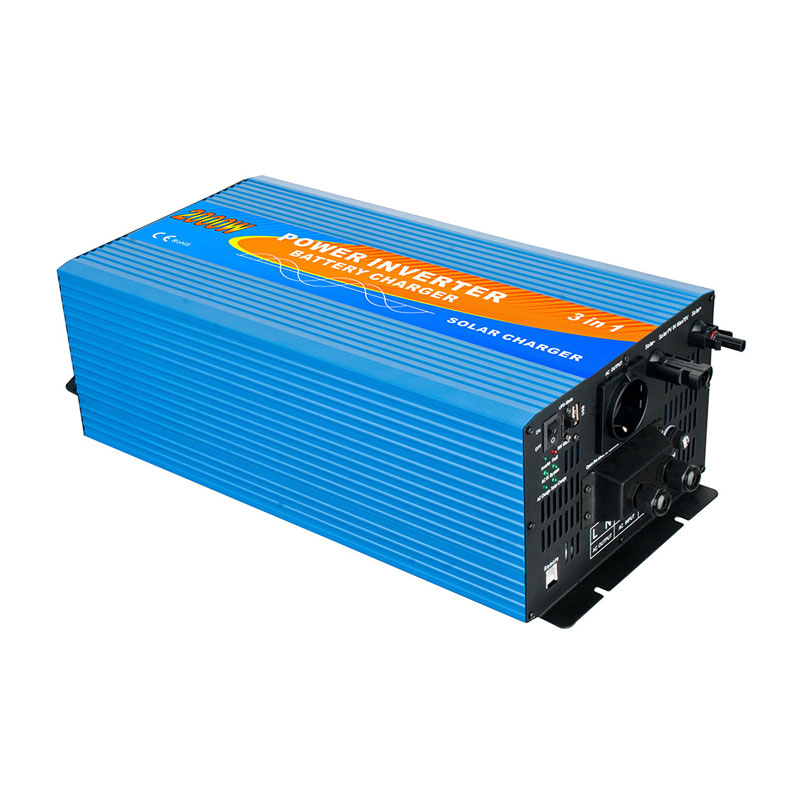

Inverter is a DC to AC transformer, it is actually a voltage inversion process with the converter. The converter converts the AC voltage of the grid into a stable 12V DC output, and the inverter converts the 12V DC voltage output by the Adapter into high-frequency high-voltage AC; both parts also use a more used pulse width Modulation (PWM) technology. Its core part is a PWM integrated controller, Adapter uses UC3842, and inverter uses TL5001 chip. The operating voltage range of TL5001 is 3.6~40V, and there is an error amplifier, a regulator, oscillator, PWM generator with dead zone control, low voltage protection circuit and short circuit protection circuit.
Input interface part: The input part has 3 signals, 12V DC input VIN, working enable voltage ENB and Panel current control signal DIM. VIN is provided by the Adapter, and the ENB voltage is provided by the MCU on the motherboard, and its value is 0 or 3V. When ENB=0, the inverter does not work, and when ENB=3V, the inverter is in normal working state; while the DIM voltage Provided by the main board with a range of 0~5V. Different DIM values are fed back to the feedback terminal of the PWM controller. The current provided by the inverter to the load will also be different. The smaller the DIM value, the current output by the inverter. The bigger.
Voltage start circuit: When ENB is high, it outputs high voltage to light the panel's backlight tube.
PWM controller: It has the following functions: internal reference voltage, error amplifier, oscillator and PWM, over-voltage protection, under-voltage protection, short-circuit protection, output transistor.
DC conversion: A voltage conversion circuit is composed of a MOS switch tube and an energy storage inductor. The input pulse is amplified by a push-pull amplifier and then drives the MOS tube to switch, so that the DC voltage charges and discharges the inductor, so that the other end of the inductor can get AC Voltage.
LC oscillation and output circuit: to ensure the 1600V voltage required for the lamp to start, and reduce the voltage to 800V after the lamp is started.
Output voltage feedback: When the load is working, the sampled voltage is fed back to stabilize the inverter voltage output.
